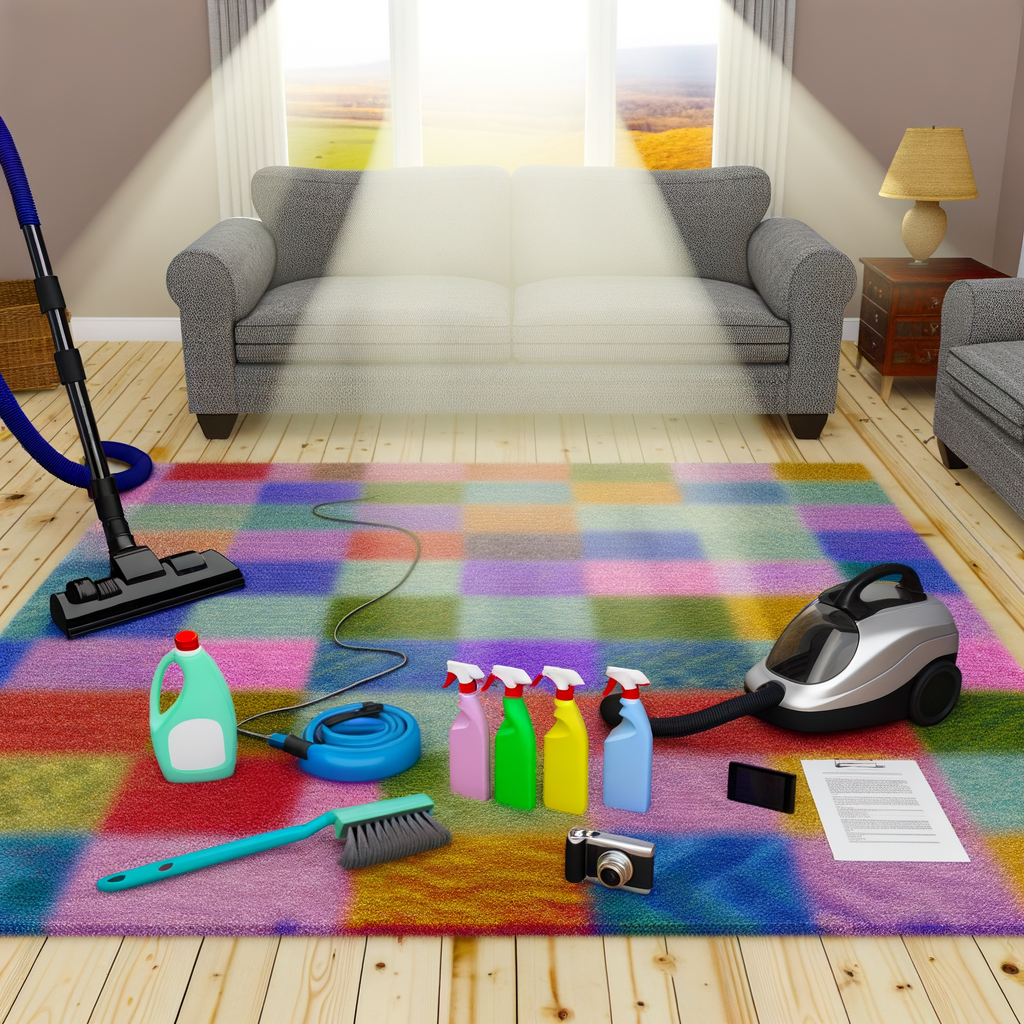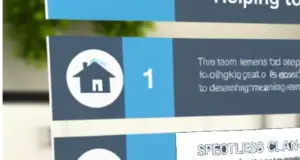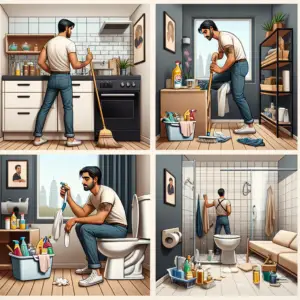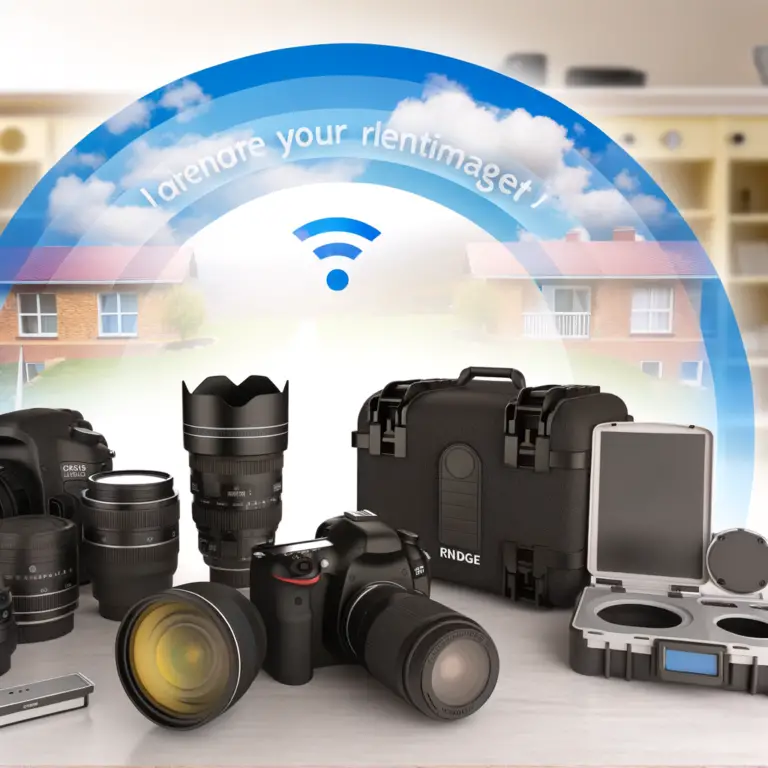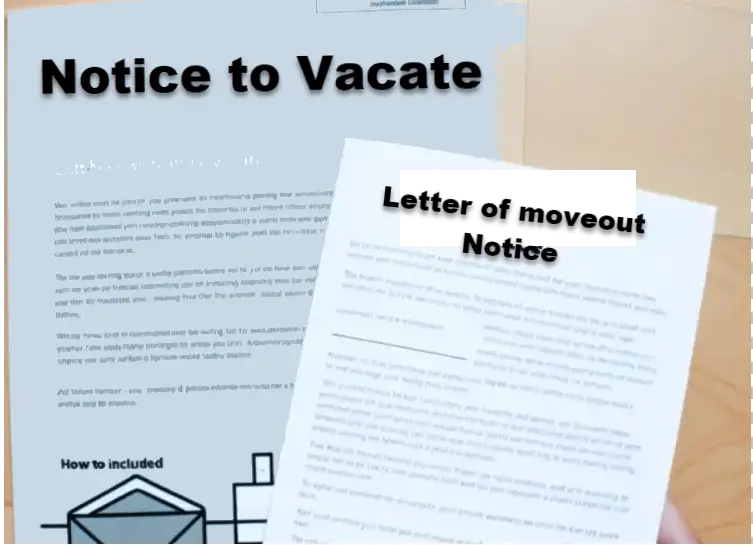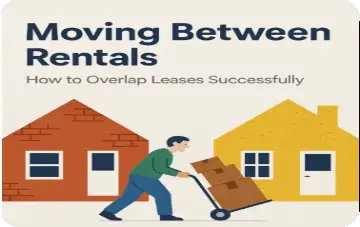How to Properly Clean Carpets When Moving Out of a Rental
Moving out of a rental? Don’t let dirty carpets ruin your chances of getting that security deposit back!
Most landlords expect carpets to be in great condition when you leave, and neglecting this crucial step could cost you.
Whether you’re tackling the job yourself or hiring professionals, a spotless carpet can make all the difference. Follow these steps to clean your carpets the right way before handing over the keys.
Check Your Lease Agreement for Cleaning Requirements
Before you start scrubbing, take a moment to review your lease agreement. Many rental contracts include clauses about carpet cleaning, and some landlords even require professional services. If your lease specifies that carpets must be professionally cleaned, failing to do so could lead to deductions from your security deposit.
Even if your lease doesn’t have a specific rule, landlords expect carpets to be in a reasonably clean state. Excessive dirt, stains, or odors could result in cleaning fees deducted from your deposit. Checking your lease ahead of time ensures you meet all requirements and avoid unexpected charges.
Inspect and Assess Carpet Condition
Take a thorough look at your carpets before cleaning. Identify areas with heavy staining, discoloration, or deep-seated dirt. This will help you determine whether a simple DIY cleaning will suffice or if you need professional help.
If there is existing damage from a previous tenant or natural wear and tear, document everything. Take clear, timestamped photos of any pre-existing stains, burns, or tears. This protects you from being held responsible for damage that wasn’t caused during your stay.
Gather the Right Cleaning Supplies
Having the right tools makes carpet cleaning more effective. Essential items include a powerful vacuum, a carpet cleaner or steam cleaner, soft brushes, and microfiber cloths. These tools help lift dirt, debris, and stains more efficiently.
Choose your cleaning solutions carefully. For common stains like coffee spills or pet accidents, enzymatic cleaners work best. For eco-friendly alternatives, a mix of vinegar and baking soda can help lift stains without harsh chemicals. Always read labels and avoid excessively strong cleaners that could damage carpet fibers.
Pre-Cleaning Preparations
Before deep cleaning, remove all furniture and obstacles to ensure you can access every section of the carpet. Skipping this step can leave hidden dirt that might be noticed during an inspection.
Vacuum the entire area thoroughly to remove loose debris. This prevents dirt from spreading deeper into the fibers during the deep cleaning process. If you’re using a new carpet cleaner, perform a spot test on a small, inconspicuous area to make sure it won’t cause discoloration.
Effective Methods for Cleaning Rental Carpets
DIY Deep Cleaning
If you’re handling this yourself, renting a carpet cleaner or using a home steam cleaner is the best approach. Start by filling the machine with warm water and a recommended cleaning solution.
Work in sections, moving slowly to allow thorough cleaning. Over-wetting the carpet can cause mildew, so avoid soaking it excessively. Ensure the area is well-ventilated to speed up drying. Using fans or opening windows can prevent moisture buildup and foul odors.
Tackling Stains and Odors
Some stains need extra attention. Food spills, pet accidents, and ink stains often require targeted treatments. Blot (never rub) stains immediately to prevent them from setting in.
For foul odors, sprinkle a thin layer of baking soda over the carpet and let it sit for a few hours before vacuuming. Vinegar diluted with water can also help neutralize smells. If odors persist after cleaning, repeat the process or use an enzymatic cleaner designed for carpets.
Hiring Professional Carpet Cleaners
If you don’t have the time or the stains are too stubborn, hiring a professional carpet cleaner is a solid choice. Many landlords prefer professional cleaning because it ensures a deep clean.
Look for reputable cleaning services with positive reviews. Always get a receipt, as some landlords require proof that professional cleaning was performed. Costs vary depending on the size of the space, but investing in this service could save you from hefty security deposit deductions.
Final Inspection and Touch-Ups
Once the cleaning is complete, inspect the carpets again. Look for any missed areas or stubborn stains that might need another round of treatment. Sometimes, minor stains become more visible once the carpet dries.
Make sure the carpet is completely dry before moving out. Walking on damp carpets can re-introduce dirt. If necessary, use fans or dehumidifiers to speed up the drying process. A freshly cleaned carpet not only looks better but also leaves a good impression on your landlord.
Providing Proof of Cleaning to the Landlord
To protect yourself, take after-cleaning photos of the carpet in good lighting. These serve as evidence in case there are disputes regarding cleanliness.
If you hired professional cleaners, keep a copy of the receipt. Some landlords might try to deduct cleaning fees even if you did the job properly. Having proof ensures you can contest any unfair deposit deductions.
Conclusion
Cleaning your carpets before moving out is a small effort that can have a big impact on getting your security deposit back. By checking your lease, using the right cleaning methods, and documenting everything, you minimize the risk of losing money over simple stains and dirt.
As real estate expert Alison Marks states, “Landlords expect normal wear and tear, but deep stains and odors go beyond that. A clean carpet makes a significant difference in final inspections.”
Start early, follow these tips, and leave your rental with confidence. A clean carpet not only secures your deposit but also leaves a great impression for the next tenant.
“`

